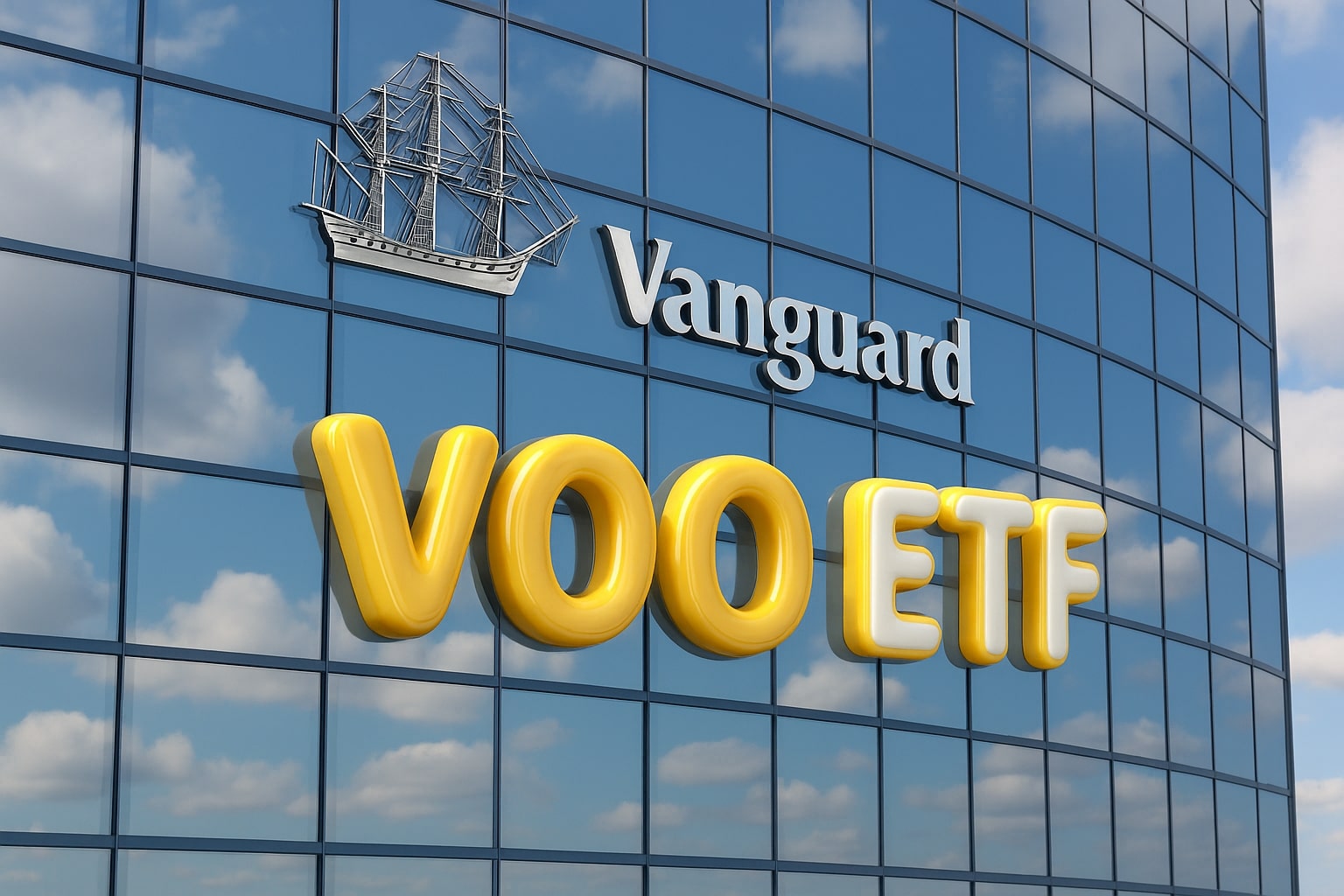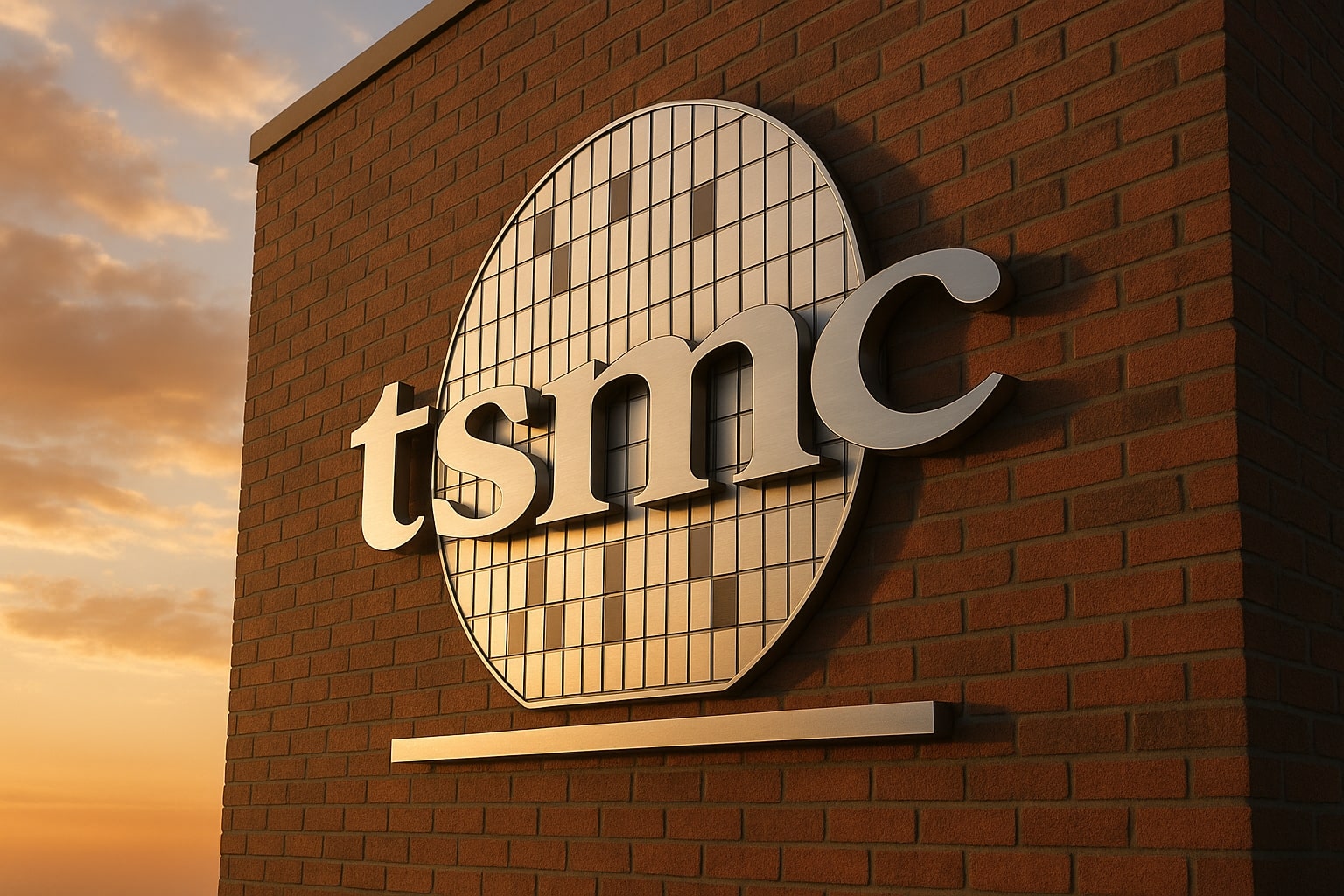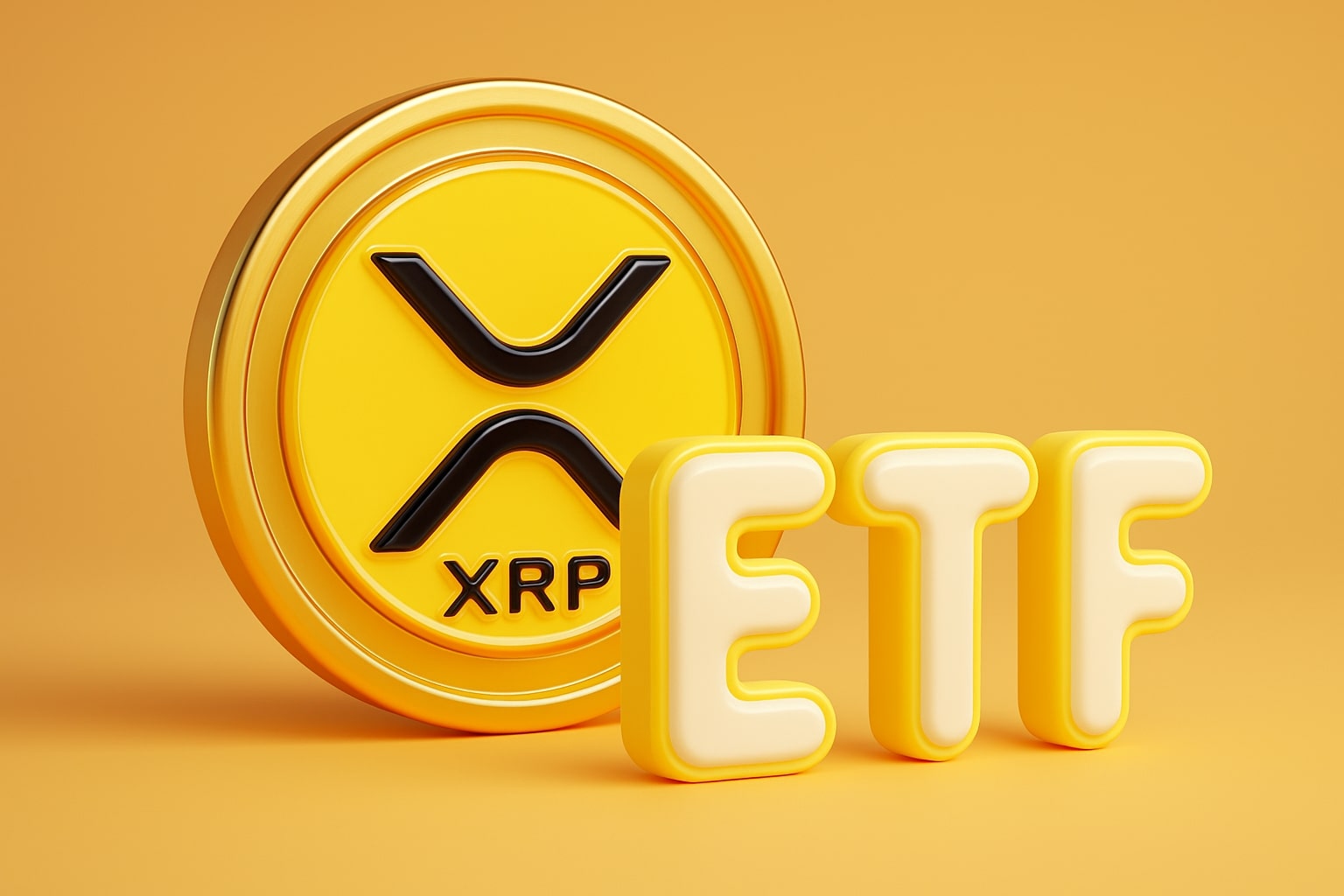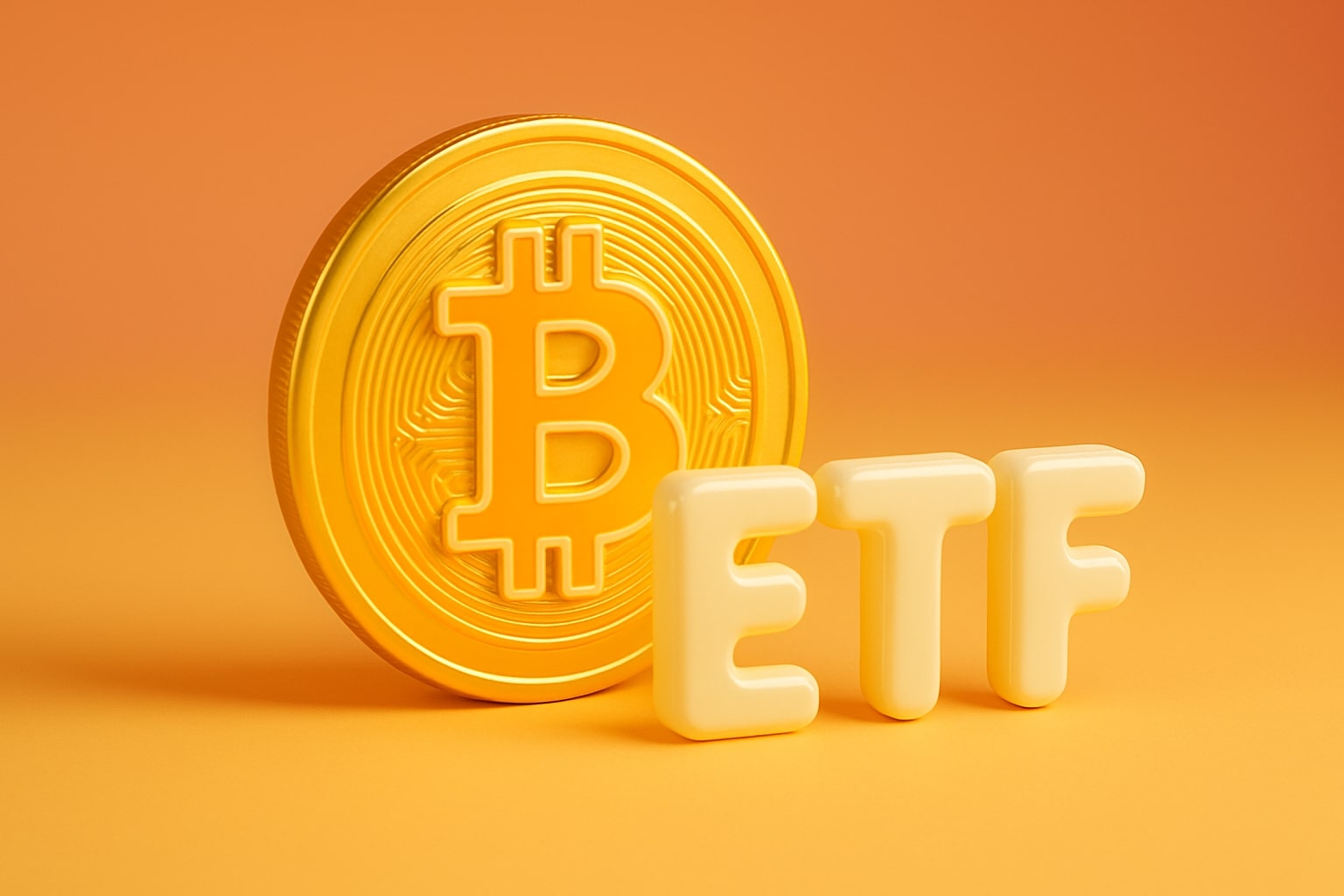
Intel Stock Price Forecast - (NASDAQ:INTC) Soars 83% YTD: U.S. Government Stake, Nvidia Alliance, and $37 Resistance Define Next Move
INTC stock climbs to $36.83 amid Washington’s $16B investment, Nvidia’s $5B partnership, and rumors of AMD as a foundry client — but negative EBIT and shrinking margins test investor conviction as the stock eyes $42 | That's TradingNEWS
Intel Corporation (NASDAQ:INTC) — A Strategic Rebirth Amid Deep Losses, Political Backing, and AI Ambition
The story of Intel Corporation (NASDAQ:INTC) in 2025 is one of contradiction—massive government backing, emerging AI alliances, and a rebounding stock price all shadowed by negative earnings and operational volatility. The stock closed Friday at $36.83, down 1.26%, but remains up an extraordinary 83.69% year-to-date, its best performance since 2009. The rally is rooted less in profitability and more in politics and industrial policy: a $16 billion U.S. government stake, a $5 billion Nvidia partnership, and speculation that AMD (NASDAQ:AMD) may soon become a foundry client have created a perfect storm of institutional optimism despite a deeply fragile balance sheet. Intel’s transformation from legacy chipmaker to state-backed foundry champion is reshaping both its valuation narrative and the future of U.S. semiconductor independence.
U.S. Government and Institutional Backing: The Catalyst Behind INTC’s 80% Rally
The turning point for Intel came in August when the Trump administration executed a direct investment of $8.9 billion, acquiring 433.3 million shares at $20.47 each, effectively giving the government a 10% ownership stake now valued at nearly $16 billion as the stock more than doubled. This infusion, financed through the CHIPS and Science Act, is coupled with $2.2 billion in federal grants already delivered, with an additional $5.7 billion expected in the coming quarters and another $3.2 billion via strategic subsidies. The message was unmistakable: Washington views Intel not as a struggling private enterprise but as a pillar of national defense and industrial autonomy. That perception has unlocked a wave of co-investment—SoftBank, Nvidia, and even exploratory talks with Apple (NASDAQ:AAPL) have reinforced Intel’s re-emergence as a geopolitical asset. Nvidia’s $5 billion commitment to build data center and PC infrastructure alongside Intel has been particularly symbolic, merging two former rivals in pursuit of U.S.-based AI capacity.
EBIT Turns Negative: First Operating Loss in Three Decades
Yet beneath the political theater, the fundamentals are historically weak. Intel reported its first negative EBIT in over 30 years, plunging to –$2.72 billion in 2025 after decades of consistent profitability. From a peak of $26 billion in 2020, operating profit has evaporated due to collapsing margins, competitive erosion, and massive capital expenditures tied to foundry expansion. Total revenue over the trailing twelve months sits at $53.07 billion, down from $79 billion in 2021, while profit margin has cratered to –38.6%. Intel’s return on equity now stands at –18.6%, its forward P/E ratio has ballooned to 56.5x, and its levered free cash flow is negative $8.32 billion. Despite these red flags, investors continue to price the stock as a high-beta national security play rather than a conventional earnings-driven semiconductor firm.
Q2 Results Reflect Structural Weakness and Cost Burn
The Q2 2025 results illustrate Intel’s ongoing imbalance. The company posted $12.9 billion in revenue, flat year-over-year but still well below 2019–2020 levels. Gross margin fell sharply to 27.5%, compared to 35.5% a year earlier. Segment performance remains uneven: the Client Computing Group (PC chips) declined 3% to $7.9 billion, Data Center & AI grew only 4% to $3.9 billion, while Intel Foundry Services generated $4.4 billion in “internal” revenue but a paltry $22 million from external clients—an alarming signal given that the foundry is the linchpin of Intel’s reinvention. Operating loss from the foundry unit was –$3.2 billion, underscoring the uphill battle to reach profitability. Free cash flow came in at –$1.05 billion, even after Intel sold a partial stake in Mobileye (NASDAQ:MBLY) for $1 billion to shore up liquidity.
Arizona’s Foundry Gamble: Competing with TSMC on U.S. Soil
Intel’s fate now depends heavily on its foundry ecosystem centered in Arizona, where it races Taiwan Semiconductor Manufacturing Co. (NYSE:TSM) to secure domestic chip production leadership. The company’s 18A node, incorporating PowerVia backside power delivery, is slated for volume production in 2026, potentially restoring Intel’s technological edge. If successful, this could mark Intel’s first process lead over TSMC in over a decade. However, with TSMC’s 3nm lines already ramping in the same state, Intel’s margin of error is thin. The U.S. administration’s goal of producing 50% of chips domestically remains aspirational, but if Intel can attract major fabless clients—particularly AMD, Apple, or Qualcomm (NASDAQ:QCOM)—its capacity utilization and cost recovery metrics would dramatically improve.
Read More
-
VOO ETF Hits $630 as Fed Shift and AI Growth Power 2026 Rally Toward $700
07.12.2025 · TradingNEWS ArchiveStocks
-
XRP ETFs XRPI & XRPR Aim for $1B Inflows as XRP Holds $2.02 Support
07.12.2025 · TradingNEWS ArchiveCrypto
-
Natural Gas Price (NG=F) Rallies to $5.29, Freezing Temperatures Spark Bullish Breakout
07.12.2025 · TradingNEWS ArchiveCommodities
-
USD/JPY Price Forecast - Dollar Extends Slide to 154 as BoJ Hawkish Pivot Drive Yen Toward 150
07.12.2025 · TradingNEWS ArchiveForex
The AMD Paradox: From Rivalry to Potential Partnership
Perhaps the most intriguing development is the rumor that AMD, Intel’s archrival, is exploring a limited foundry partnership. The logic is pragmatic rather than symbolic: as global supply chains tighten and geopolitical risks escalate, even competitors are seeking domestic alternatives to TSMC’s Taiwan fabs. A small-volume manufacturing agreement could anchor Intel’s foundry credibility and attract further clients wary of overreliance on Asia. AMD would likely test low-power embedded or AI accelerator chips through Intel’s 18A process while keeping flagship lines with TSMC. Should this collaboration materialize, it would legitimize Intel’s foundry division overnight, transforming it from a government-backed experiment into a viable industrial platform.
AI Ambitions and Nvidia Collaboration Redefine Intel’s Relevance
The Nvidia partnership may prove even more consequential than government funding. Nvidia is reportedly sourcing custom x86 processors from Intel to integrate into its AI infrastructure, leveraging NVLink interconnects for hybrid CPU-GPU architectures. This hybrid chip strategy mirrors AMD’s APU model but could outperform in efficiency and production cost, giving Intel a pathway back into relevance in AI hardware. Nvidia’s choice to partner with Intel—rather than simply rely on TSMC—signals recognition of the strategic need for multiple fabrication sources within the U.S. Intel’s ability to co-develop AI chiplets and packaging through its Foveros and EMIB technologies could become its most valuable competitive edge if execution improves.
Valuation, Volatility, and Market Psychology
At $36.83, Intel trades at a market cap of $175 billion and an enterprise value of $207 billion, levels not seen since 2021. Its price-to-sales ratio of 3.04x and price-to-book of 1.81x would appear reasonable if profitability existed—but with negative margins, the valuation rests entirely on narrative momentum. RSI readings above 77 indicate overbought conditions, suggesting that much of the short-term optimism may already be priced in. Analysts remain sharply divided: 35 analysts track the stock, with a median target of $25.28, implying –32% downside, though the most bullish estimate reaches $43.00, implying further upside potential of +17%. Rating consensus across Wall Street remains Hold, reflecting equal parts geopolitical enthusiasm and financial skepticism.
Operational Restructuring and Workforce Reductions
Intel’s turnaround is being financed not just by federal aid but by austerity. The company has laid off 4,000 employees across multiple states, part of a plan to trim $1.9 billion in annualized costs. CEO Lip-Bu Tan, installed under pressure from Washington after earlier criticism from the administration, has restructured internal reporting lines and prioritized foundry ramp-up efficiency over PC market share. The shift signals Intel’s acceptance that it can no longer dominate on product alone—it must survive through scale, subsidies, and cross-industry collaboration.
Balance Sheet Realities: Debt and Cash Flow Constraints
As of mid-2025, Intel holds $21.2 billion in cash and $50.7 billion in debt, nearly double its pre-pandemic leverage ratio. The current ratio of 1.24 remains above insolvency thresholds but far below peers like Nvidia (NVDA) and AMD (AMD), both of which maintain net cash positions. Despite $10 billion in operating cash flow, heavy CapEx commitments to new fabs and R&D pipelines continue to drain liquidity, resulting in negative levered free cash flow of $8.32 billion. The company’s enterprise value-to-EBITDA multiple of 186x underscores just how speculative the valuation has become relative to earnings.
Insider and Institutional Activity
Institutional ownership of 65.3% underscores strong market participation, though insider ownership remains minimal at 0.08%. For a detailed review of insider activity, including executive stock purchases and government-linked holdings, investors can visit Intel Insider Transactions. The presence of state-backed investors alongside private tech giants has distorted traditional price discovery, turning NASDAQ:INTC into a hybrid of policy instrument and equity asset.
Technical Outlook and Key Levels
From a technical perspective, $37 remains the immediate resistance zone. The stock’s recent rally from $17.67 (52-week low) to $38.08 has been nearly vertical, leaving limited support layers below. The first pullback area sits around $35.50–$36.00, followed by stronger support at $33–$34, where buyers previously defended in early August. A confirmed breakout above $37.50 could open the path toward the $42 gap from early 2023, but failure to hold above $36 could trigger a retracement back to the mid-$30s.
AI Momentum vs. Financial Fragility — The Investor’s Dilemma
Intel now trades not on earnings but on belief. The company has rebranded itself as America’s semiconductor safeguard, an identity that commands political capital but demands flawless execution. Its 83.7% year-to-date rally contrasts violently with its –38.6% profit margin, –4.77 EPS, and still-declining core revenue base. The next test arrives on October 30, 2025, when Intel reports Q3 earnings. Analysts expect a razor-thin $0.01 EPS on $13.1 billion in revenue, with a possible rebound to $0.63 EPS by FY2026 if foundry revenues scale. Whether these forecasts materialize depends entirely on execution and sustained external demand.
Verdict: HOLD (Speculative Bullish Bias)
Intel’s transformation remains unfinished, but its strategic importance and multilateral partnerships make it too systemically significant to dismiss. The combination of state sponsorship, Nvidia collaboration, and potential AMD customer flow could ignite a structural turnaround if foundry operations stabilize by 2026. However, with EBIT still negative, debt swelling, and RSI stretched, NASDAQ:INTC remains a speculative hold rather than a conviction buy. Traders seeking exposure to the U.S. semiconductor renaissance may view pullbacks below $34 as entry opportunities, while long-term investors should monitor progress on foundry utilization and AI integration before treating this as a full-fledged recovery.


















